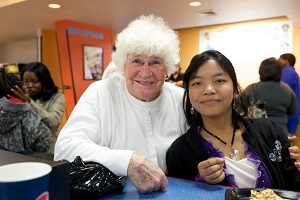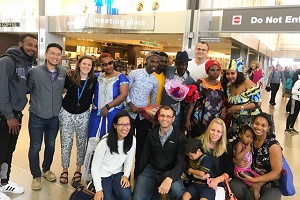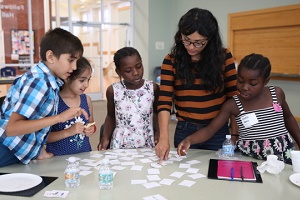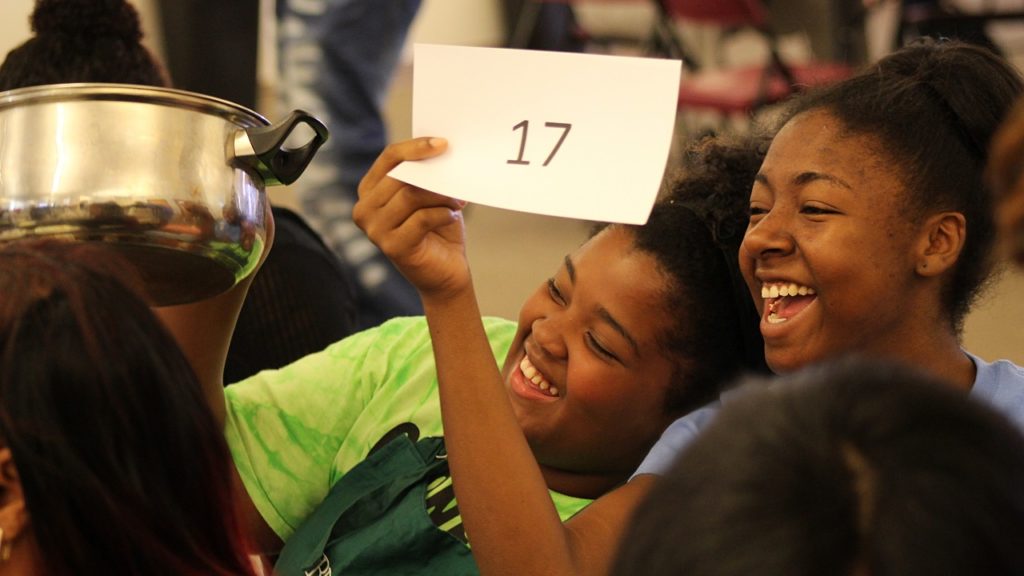
 Special to the Philanthropy Journal
Special to the Philanthropy Journal
By Ajarat Eletu and Katherine Culley
As a land-grant university, NC State is committed to providing students hands-on, highly-engaged learning opportunities AND to providing research that is of direct, practical use to the fields we work in. Philanthropy Journal proudly presents the latest in a series of evidence-based resource articles developed by Dr. Amanda J. Stewart‘s masters level Management of Nonprofit Organizations classes. These articles represent a perfect overlap of engaged learning and practical research.
Is media attention always beneficial for a nonprofit? What are some considerations to take into account when thinking about a nonprofit receiving media attention? In the contemporary world, most nonprofits use multiple forms of media for various purposes. While media coverage is often beneficial to a nonprofit, there are circumstances in which a nonprofit should think before rushing into the spotlight. Nonprofits have the prerogative to pick and choose what outlet works best to get their message out to the public, raise the profile of the organization, and add legitimacy to their work.
 In October 2016, a CBS 60 Minutes segment featured a client of World Relief Durham, Sulaf, a Syrian refugee fleeing the civil war in her home country. This story shed light on the plight of Syrian refugees while highlighting the work of World Relief in helping Sulaf adjust to her life in the United States. To learn more, we interviewed Adam Clark, the Director of World Relief Durham, about his experience during the process. He mentioned that nonprofits can use media to achieve a trifold of objectives: tell the story of the nonprofit; effectively work with the media company; and protect and guide the organization’s client in a time of transition. Clark provided great guidance in navigating the media and interview process and his personal experience with increased media attention after the interview[1]. Below are some of the main insights and advice that Clark has for nonprofits engaging with the media.
In October 2016, a CBS 60 Minutes segment featured a client of World Relief Durham, Sulaf, a Syrian refugee fleeing the civil war in her home country. This story shed light on the plight of Syrian refugees while highlighting the work of World Relief in helping Sulaf adjust to her life in the United States. To learn more, we interviewed Adam Clark, the Director of World Relief Durham, about his experience during the process. He mentioned that nonprofits can use media to achieve a trifold of objectives: tell the story of the nonprofit; effectively work with the media company; and protect and guide the organization’s client in a time of transition. Clark provided great guidance in navigating the media and interview process and his personal experience with increased media attention after the interview[1]. Below are some of the main insights and advice that Clark has for nonprofits engaging with the media.
Use the opportunity to (re)frame the discussion.
 Clark used the subsequent speaking engagements after the CBS segment aired to reframe the discussion around refugees in the United States and in his community. He took the time to inform and describe the process of refugees entering the United States and the work his nonprofit does in helping during that transition. He also uses any opportunity to dispel myths about refugees. This is an example of how media can serve as a great forum for nonprofits to clarify misconceptions about their work or negative perceptions of their organization.Use networks to reach a wider audience.
Clark used the subsequent speaking engagements after the CBS segment aired to reframe the discussion around refugees in the United States and in his community. He took the time to inform and describe the process of refugees entering the United States and the work his nonprofit does in helping during that transition. He also uses any opportunity to dispel myths about refugees. This is an example of how media can serve as a great forum for nonprofits to clarify misconceptions about their work or negative perceptions of their organization.Use networks to reach a wider audience.
Rely on the support of parent, partner, or affiliated agencies in your nonprofit’s sector to reach the widest audience. Local coverage can be turned into one broadcasted on a regional or national level when proper networking is used. If a nonprofit is taking the time to use media attention, invite other media outlets to cover the information, reaching a wider audience.
Have a specific goal or purpose in mind when utilizing media attention.
Do you want to inform the public about the history and future of your nonprofit? Do you want to clarify misconceptions about your work or organization? When beginning the media process, construct a purpose that will be accomplished or enhanced by the media attention. Use this goal to help guide your work with the media. Whatever the case may be, the purpose of the media attention helps shape the following discussion.
 Have a synchronized response ready for the media.
Have a synchronized response ready for the media.
When a nonprofit has more than one branch or office, responses should be synchronized across the organization to ensure uniformity in their messaging to the media. The staff members of World Relief Durham had a designated spokesperson who had talking points ready to be used with the media.
Know when to say no.
Sometimes, nonprofits get excited about receiving publicity without thinking of the long-term consequences. Negative or damaging media coverage should be avoided. The nonprofit should ensure they have an equal voice in constructing the narrative about their organization. The organization must remain involved in the entire process so that they can lend the right voice to the coverage. Nonprofits are normally bipartisan or nonpartisan and thus should take extra care to not get in the middle of a partisan issue.
Media requires extra work.
Staff members have daily assignments and media coverage can be quite time consuming especially when cameras are involved. Media companies want perfect work and can continuously come back for more even when all energies have been drained. Organizations need to be ready to cooperate because they too have a stake in the outcome. They must be prepared for the work so that results meet everyone’s expectation. For an organization with a small staff such as World Relief Durham, the needs of CBS were very demanding, adding extra work to an already overworked and underpaid staff.
Maintain balance.
 Media attention requires specific planning and care. When thinking about how to make the media coverage as successful as possible, it is necessary to ensure that the client remains protected and comfortable, that the media company has the access and information they need, and that the nonprofit is using the opportunity to tell their story and explain their work in the community.
Media attention requires specific planning and care. When thinking about how to make the media coverage as successful as possible, it is necessary to ensure that the client remains protected and comfortable, that the media company has the access and information they need, and that the nonprofit is using the opportunity to tell their story and explain their work in the community.
Media coverage brings an array of attention to the work and mission of a nonprofit. However, nonprofits should be aware of the distractions and strains that the attention could cause. Organizations should choose the form of media exposure that works best for them. The process should be coordinated at a pace that works best for both parties so that the nonprofit’s staff do not end up neglecting their duties to clients. In all, preparation is key, and coordination is encouraged for agency synchronicity.
1 Clark, A. (2018, October 18). [Telephone interview].
Ajarat Eletu is a graduate student in Masters of International Studies program at North Carolina State University. She is interested in International Development and has interned at Lutheran Services Carolinas.
Katherine Culley is pursuing a Masters of International Studies degree from North Carolina State University. Her concentration is International Education and she hope to work in a study abroad office after graduation.





